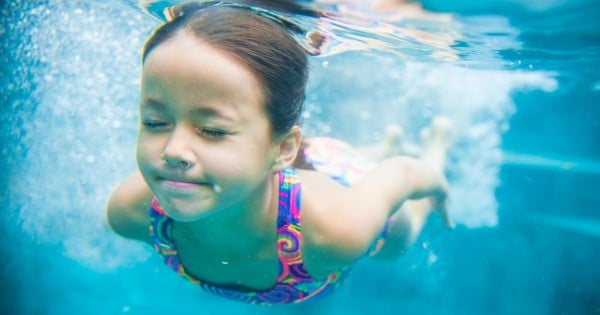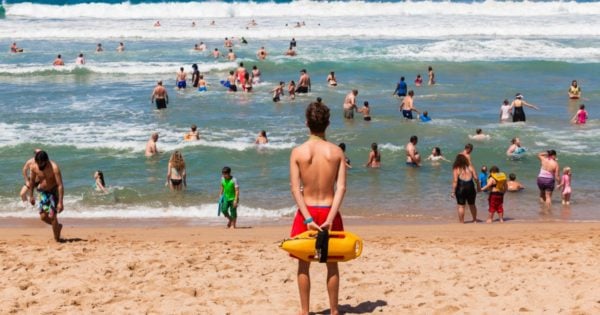The new captain jumped from the deck, fully dressed, and sprinted through the water. A former lifeguard, he kept his eyes on his victim as he headed straight for the couple swimming between their anchored sportfisher and the beach.
“I think he thinks you’re drowning,” the husband said to his wife. They had been splashing each other and she had screamed but now they were just standing, neck-deep on the sand bar.
“We’re fine, what is he doing?” she asked, a little annoyed. “We’re fine!” the husband yelled, waving him off, but his captain kept swimming hard. “Move!” he barked as he sprinted between the stunned owners. Directly behind them, not three metres away, their nine-year-old daughter was drowning. Safely above the surface in the arms of the captain, she burst into tears, “Daddy!”
How did this captain know – from 15 metres away – what the father couldn’t recognise from just three? Drowning is not the violent, splashing, call for help that most people expect. The captain was trained to recognise drowning by experts and years of experience. The father, on the other hand, had learned what drowning looks like by watching television.
If you spend time on or near the water (hint: that’s all of us) then you should make sure that you and your crew knows what to look for whenever people enter the water.
Until she cried a tearful, “Daddy,” she hadn’t made a sound.































































































